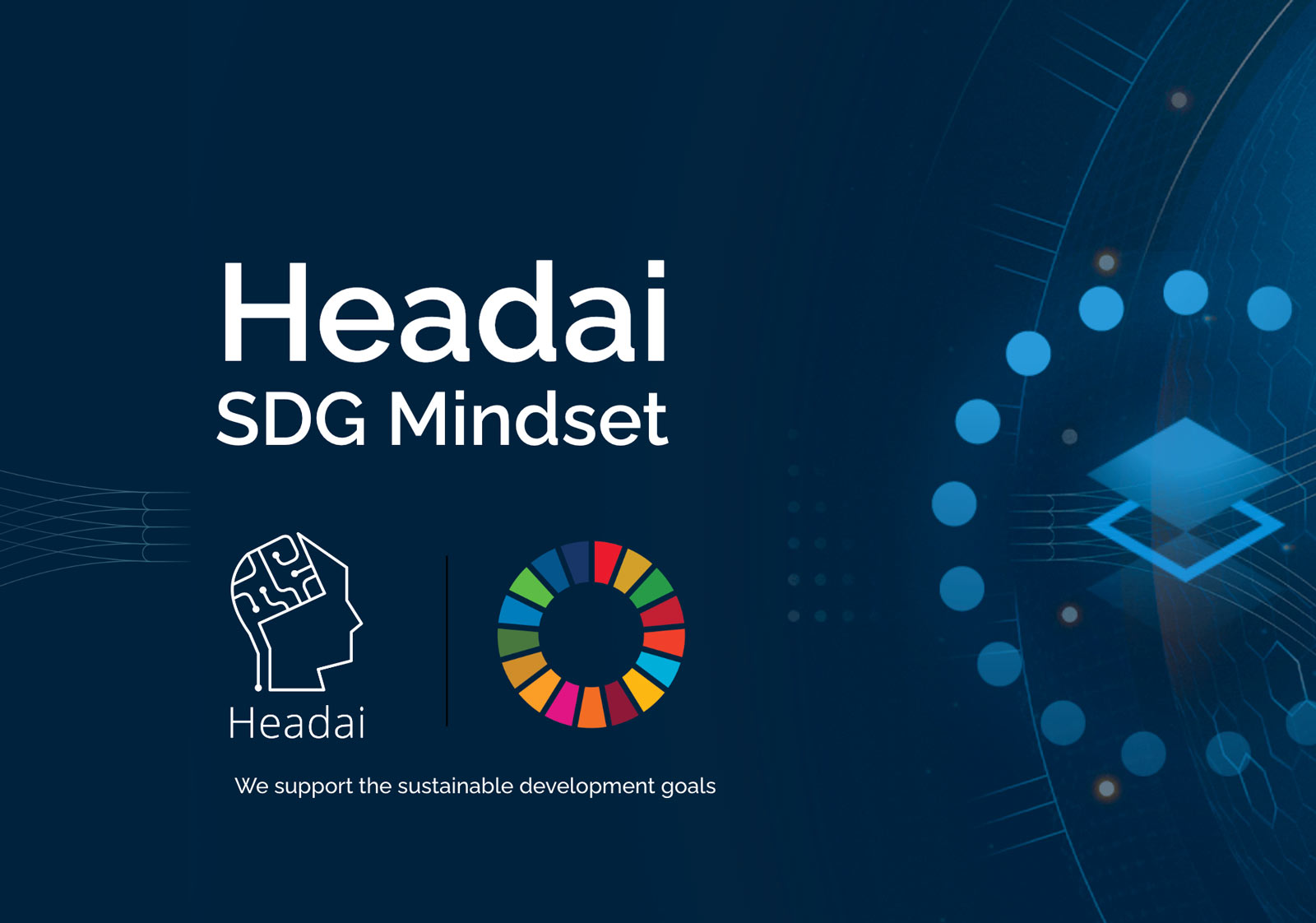By Jessica Nielsen, Environmental Scientist, Headai
Sustainability. It’s a buzzword. It’s fuzzy, unspecific and given the opportunity, a skilled speaker could fit it into a bundle of different contexts. That is why, when it comes to sustainable development, speaking the same language and reaching a consensus on what we mean by sustainability is key. Only when we understand each other and have a common understanding of our starting point can we develop. Sustainably.
The Sustainable Development Goals (SDGs) are a call for action in the form of 17 goals, set and agreed upon by the United Nations. Since they were adopted by all United Nations Member States in 2015, the SDGs have gained wide global acceptance and visibility unlike prior global agreements, leading to countless actors and stakeholders adopting the SDGs into their strategies. However, the SDGs have been criticized for oversimplifying complex questions and for focusing on numerically measurable targets. On the other hand, they have been praised for approaching the question of development holistically and seeing it as a truly global issue, targeting developed and developing countries alike. Despite the diverse viewpoints on the SDGs, giving the global community a framework for discussing and working towards sustainable development is an achievement worth celebrating.
Discovering The Mindset
The Sustainable Development Goals tell us That we need to act and What we need to act upon, but the question of How is left unanswered, which is the main challenge in implementing the goals today. So far, measuring our success in sustainable development has been done by monitoring a set of numerical indicators assigned for each target of each goal. As it should be, when wanting to measure the concrete action around sustainable development globally. But this leaves one layer, arguably an important one when wanting to make words into action, out of the equation. The thoughts, the plans and the feelings of people. In other words, the mindset.
“The Sustainable Development Goals tell us That we need to act and What we need to act upon, but the question of How is left unanswered.”
At Headai, our core business is providing business intelligence rooted in our machine learning based, automated qualitative analysis methods, e.g. to match skills data of job seekers with the skills needed in the job market and to develop different solutions around this theme. Simply put: soft science, but automated. Having successfully used our methods in the employee-employer matching, we wanted to venture into using the same basic idea in another context, the SDGs.
So far, we have been matching the meaningful words of the SDG UN documents with meaningful words of teaching programmes in Universities of Applied Sciences. The idea is that by basing the teaching programmes on the Sustainable Development Goals, the school is educating students with the right skill set needed to solve future problems. From our analysis viewpoint, we are finding out the mindset behind the teaching through the teaching programme. But this is just the beginning. Provided that we find the right natural language text data, we could analyze the SDG Mindset behind more or less any type of action. By finding out the mindset behind our actions, we get closer to transforming the actions themselves. And closer in our quest of sustainability.
To continue with the topic, click the button below and see the SDG tool for education by Eduix and Headai.


